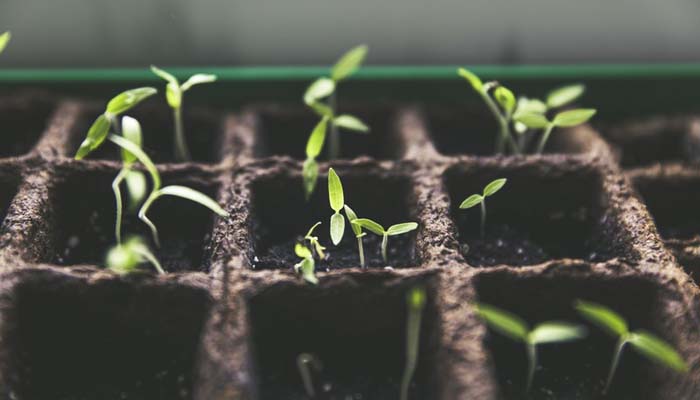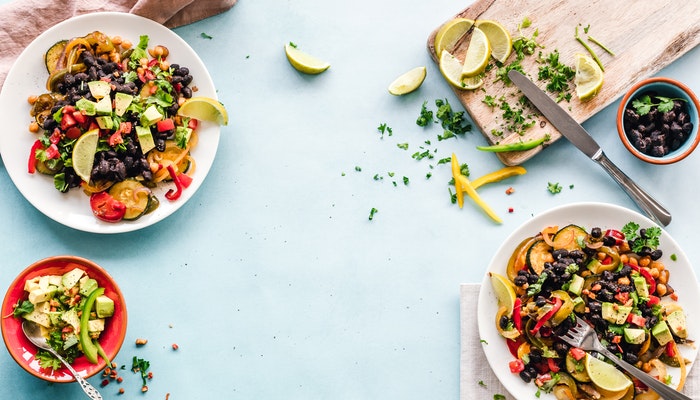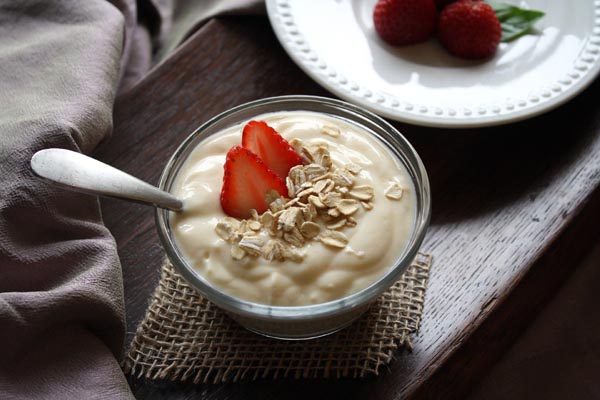
Organic health food has been a trend that hasn’t stopped trending since the moment of its arrival. People have become more health conscious now and have started investing in both their body and mind. And it turns out organic food is good for both body and health. Even coffee and tea shops around the world have started providing organic coffee as demanded.
To grow organic food at home there are certain factors that you have to consider.
1. Finding the Space for Gardening
Cacti are the only plants that can grow in unfavorable conditions, or at least unfavorable conditions for the rest of the plants. So, just making the decision of turning your backyard into a garden is not going to help. Most of the time, the backyard garden are fertile and would not disappoint you but that’s not true for all of them. So, your priority is finding a decent place to grow the organic vegetables and plants. It doesn’t need to a be wide expanse but it should be at least the size of an average backyard.
Size of the space is not that big of a deal as compared to easy access to sunlight. The garden space should be in open where the vegetables and plants can get enough of sunlight.
Next, make sure that your garden is protected from birds, critters, and animals. We don’t consider them a big threat but they cause undue damage to plants and sometimes even the soil.
The garden bed should have a water source, it will be much easier for you to take care of the plants. Water is important for the plant growth but make sure that you don’t overdo it and pour excess water. Excess water could ruin your plants just as bad as no water could.
2. Testing Soil Health
If you are really invested in growing organic food then it would be a good idea to get a soil sample from the garden space you have chosen. You could test the soil health and fertility with the help of a do it yourself kit or you could take the sample to a soil lab and have it tested. This way you don’t have to wait for days in order to check if the seeds have sprouted. This doesn’t just waste time but also resources that could have been put to better use had you checked the fertility of the soil.
3. Turning The Soil Fertile
There are many ways you can improve the health of the soil if it isn’t fertile or lacks the necessary nutrients.
First of all, you need to clear up all the space if it has weeds and dry shrubs that resembles a small forest. Also, do not forget to remove any rocks that happen to be embedded in the soil. You’ll require smooth soil. Sprinkle water on the soil and then cover it up with plastic sheets for 3-4 weeks and you can start planting your organic seeds. This one would prove effective in early fall.
Another easy solution would be to use an organic fertilizer to get the patch of garden space back in shape. It is quite easy to obtain organic fertilizer. You don’t even need to buy it from stores, just make it at home. Dry coffee ground sprinkled on the soil where plants like avocado and berries grow would prove to be really effective fertilizers.
Like coffee ground, crushed eggshell powder sprinkled around the patch would also serve as an effective fertilizer. While you sprinkle both dry coffee ground and eggshell powder remember not to sprinkle it too heavily in a particular area.
Mixing powdered milk with the soil prior to planting any seeds will make it a good calcium source for plants.
4. Purchasing and Planting Organic Seeds
Do your research. It is very important to know what plants can grow in your geographical region and how favorable the soil type is for those plants.
So, when you decided to purchase seeds to be planted, you’ll know exactly what to purchase. It is quite easy to have access to organic seeds with growing technology you can order it from an authentic source, which will clear any worries about them being processed in any way. If you purchase organic plants instead of starting with seeds then you must be very careful and inspect them for any damage.
Here’s another tip. If you are going to make it all time vegetable and fruit garden then you need to rotate the place where you plant the seeds. Planting the next batch at the same site might not be a good idea. It’s nothing a decent fertilizer can’t cure but still, it’s better to be prepared. You can always treat your soil with organic fertilizer after you have grown 5-6 batches.
5. Adding Labels to Each Plant Bed
Labeling is considered to be an essential aspect of growing organic food or any types of plants and vegetable and fruits. You might plant the varieties of the same vegetable, so, labeling is a good idea to keep track of what you have planted as they can be hard to identify. Use wood stakes to labels them. They will long last time.
Growing organic is pretty much similar to growing regular vegetables and fruits the exception being all things organic and processed. When growing organic vegetable and fruits you have to be very careful about everything you use from the soil bed to the seeds and let’s not forget the fertilizers. Everything needs to be organic otherwise there would be no point in calling it organic food.




